Rich Piana was and still is an absolute legend in the bodybuilding world, and for good reason. He brought a “whatever it takes” attitude to everything he did – which got him world-class results in the gym. He brought this same relentless drive when he founded his supplement company, 5% Nutrition, and it’s a surprise to nobody that even in his absence, 5% has become a major player in the industry and continues turning out phenomenal products.
The 5% Core Line is a slight departure from the typical “core series” lineups you see in the supplement industry. Traditionally, these types of series have single-ingredient supplements designed to be combined with more complicated formulations. But the 5% Nutrition Core Line goes a little beyond this: 5% augments its primary ingredient with a couple worthy additions.
5% Nutrition Core D-Aspartic Acid: Includes 200mg DIM!
This design philosophy is exemplified by 5% Nutrition’s D-Aspartic Acid supplement, which approaches male hormonal optimization from two complementary angles: boosting testosterone, while also regulating estrogen metabolism with its supporting cast ingredient (in DIM).
Our most well-researched D-Aspartic Acid article to date
But, as we’ll see, the benefits of the primary ingredient go beyond just testosterone boosting – and we’ll get into the stereochemistry of what makes it special. We’ve actually never dug this deep into DAA, so if you’re looking to learn, jump in and explore the mechanisms. But first, sign up for our 5% Nutrition news alerts, since we’re always covering Rich’s best and brightest:
Rich Piana 5% Nutrition Core D-Aspartic Acid – Deals and Price Drop Alerts
Get Price Alerts
No spam, no scams.
Disclosure: PricePlow relies on pricing from stores with which we have a business relationship. We work hard to keep pricing current, but you may find a better offer.
Posts are sponsored in part by the retailers and/or brands listed on this page.
5% Core DAA Ingredients
In a single 5 capsule serving of D-Aspartic Acid from 5% Nutrition, you get the following:
-
D-Aspartic Acid – 3,120 mg
The 5% Nutrition Core D-Aspartic Acid Ingredients – More than just DAA, we also have 200mg DIM to balance estrogen!
So when we talk about testosterone-boosting ingredients, we hear a lot about minerals like zinc or magnesium, and vitamins like vitamin D – and most of us are familiar with these categories and how they interact with human biology.
But what is D-Aspartic Acid?
Chirality: Left-Handed vs. Right-Handed Amino Acids
If you’re an astute reader, the format of this amino acid’s name probably seems familiar to you. We often see aminos named with an L- prefix in the same manner, i.e. “L-Glutamine” or “Acetyl-L-Carnitine.”
So what does the D mean?
The answer is found in stereochemistry – the study of molecules’ spatial arrangement.
In stereochemistry, there is a concept called chirality, which basically means that a molecule is asymmetric. Specifically, if you create a mirror image of that molecule, it is not identical to the original image.
You can see that in our image above, the orientation of the L-aspartic acid and the D-aspartic acid, even though they are mirror images of each other, are clearly distinguishable.
L-aminos are referred to as “left-handed” aminos, which means that DAA is the “right-handed” form of aspartic acid.
It turns out that left-handed and right-handed aminos have fundamentally different roles in the body. Left-handed aminos, the form of aminos that most of us are familiar with, are basic protein building blocks used to create new muscle, tissue, and cells.[1]
D-Aspartic Acid as Testosterone Booster
But right-handed aminos perform very different roles in the body. For example, D-aspartic acid is not used to build muscle at all: after being ingested, it’s concentrated in the central nervous system and in the reproductive organs, where it regulates the production of hormones.[2]
The Hypothalamic Pituitary Testicular Axis (HPTA). This connection between endocrine glands controls testosterone production and more.[4]
In rats, treatment with DAA has been shown to increase the release of a hormone called gonadotropin-releasing hormone (GnRH),[3] which tells the pituitary to make luteinizing hormone (LH) and follicle-stimulating hormone (FSH).
Human Evidence that DAA Boosts Testosterone… for a while
In humans, the theory that upregulating GnRH via DAA supplementation has already borne fruit. In a 2009 study, researchers gave DAA to a sample of 23 participants for 12 consecutive days, while also administering a placebo to 20 participants for the same period of time.[5]
In the human subjects of this study, the results were striking. You can see from the inset data table that testosterone blood levels increased by over 40%, from an average of 4.5 ng/ml to 6.4 ng/ml, while the placebo showed basically no change at all. LH also increased significantly, illustrating how the testosterone-boosting effects of DAA are mediated by GnRH.
Testosterone elevations continue after cessation of DAA
One of the interesting things about this study is that when DAA was withdrawn, testosterone stayed elevated above baseline even though LH didn’t, which is a bit contrary to what one might expect since LH is responsible for stimulating testosterone production. The explanation proposed by the researchers is that the supplemental DAA became concentrated in testicular tissue while the subjects were taking it, and continued to stimulate testosterone production there directly.[5] This theory is supported by observations other researchers have made about DAA’s presence in rodent testes.[6]
Incredible improvements to sperm health
Human sperm are delicate, and since they spend most of their life residing in the testes, sperm health can be thought of as a rough proxy for testicular health. So, given DAA’s connection to the testes, it shouldn’t be that surprising that in a 2012 Italian study of infertile men with either oligo-asthenozoospermia or asthenozoospermia, DAA supplementation significantly increased sperm count and quality in both groups.[7] In the patients with oligo-asthenozoospermia, sperm count doubled from an average of 8.2 million sperm per ml of semen to 16.5 million.
A smaller, but still significant increase of sperm concentration was observed in the group with asthenozoospermia, on the order of about 50%. Sperm motility was also significantly improved between both groups, showing that not only were the number of sperm increased, but their health was increased as well.[7]
Testosterone and fertility!
The researchers who did the 2012 study also reported a 1.3-fold to 1.6-fold increase in testosterone[7] among their subjects treated with DAA – and although none of them were able to impregnate their mate at the start of the study, a whopping 20% of them successfully did so after DAA treatment.
A Word About Dosing D-Aspartic Acid
Of course, when we take any supplement, the dose makes a big difference in its effectiveness. Too much of something can show diminishing returns, or maybe even be counterproductive, and have the opposite effect of what we want.
This is seemingly the case with D-Aspartic Acid. As we have seen, when studies on DAA and testosterone in humans show positive results, the dose generally used in these cases is about 3,000 milligrams.[5,7]
But in one study where weightlifters were given twice this dose, 6,000 milligrams of DAA daily, the supplement actually decreased testosterone levels (albeit slightly).[8] That’s why the standard supplement dose is fixed at about 3,000 milligrams – as we have here in 5% Core D-Aspartic Acid (3,120 milligrams to be exact) – and we don’t go much further than that.
Does DAA Work In Healthy Young Men?
In the same study where a slight decrease in testosterone was observed from 6 grams of DAA daily, researchers gave another group 3 grams daily, and observed no change in hormone status.[8]
In our opinion, this shows that while DAA can be of undeniable benefit for men whose testicular function has been compromised in some way, it may not do much for healthy young men with normal testicular function.
Still the bottom line is that DAA supplementation can potentially reverse or prevent testicular and reproductive dysfunction. If you’re training hard and subjecting your body to elevated levels of oxidative stress, which is a natural byproduct of exercise, then you might consider protecting your testicular tissue by saturating it with supplemental DAA.
It’s in 5% Nutrition Post Gear for this reason!
5% Nutrition Post Gear is a PCT Support Supplement that has a few new things and should bring you a few very fun weeks – even after the cycle’s over!
This is also why it’s a great inclusion in 5% Nutrition’s Post-Cycle Therapy supplement, Post Gear, which is generally taken alongside pharmaceuticals to help restart the body’s system after an aggressive cycle.
But beyond hormonal health, there is another great reason to consider supplementing with DAA: it appears to play a crucial role in the function of the central nervous system.
D-aspartic acid as a neurotransmitter
Some researchers actually describe DAA as a neurotransmitter, arguing that it fulfills every requirement of the classical definition.[9] DAA activates the N-methyl-D-aspartate (NMDA) receptor,[9] which is centrally involved in processes of learning and memory.[10]
In the mouse hippocampus, elevated levels of DAA have been shown to facilitate a process called long-term potentiation (LTP),[11] the process whereby connections between neurons are strengthened.[12] In plain English, LTP can be understood as memory consolidation.[12] Anything that increases LTP is going to improve memory across the board, and in the research literature, it has been found that LTP function predicts human performance on memory tests.[13]
Improved learning in animal models
Rats with higher levels of DAA learn measurably faster, as researchers found when they subjected rats who received it to a maze test. Rats with higher levels of DAA found a hidden platform in the maze significantly faster than rats with lower levels.[14]
DAA supplementation may have a greater future than just hormones…
In humans, there is a connection between DAA dysregulation and disease: human subjects with Alzheimer’s Disease showed significantly lower brain tissue levels of DAA than age-matched controls.[15] The same thing has been found in schizophrenic patients.[16] Notably, both diseases involve a downregulation of NDMA receptors in the brain, so it makes perfect sense that low levels of DAA, an NDMA receptor agonist, would be associated with both diseases.
We believe that this area of research will be further explored in the future – there’s definitely something here, and it’s possible that we prefer aspartate to bind to receptors rather than glutamate — and providing more aspartate with DAA may have serious longevity applications. You heard that here first – but for our purposes right now, we’re looking at testicular health and testosterone.
-
DIM (3,3 Diindolylmethane) – 200 mg
3,3′ Diindolylmethane, also known as DIM, is a phytochemical that’s found in broccoli, kale, and other cruciferous vegetables.[17] It’s derived from indole-3-carbinol (IC3), which is converted to DIM by the gut after ingestion.[18,19] We all know that cruciferous veggies are good for us – and we believe that this conversion of IC3 to DIM is most of the reason why.
We recently covered DIM, since it’s in its own 5% Nutrition Core supplement — we refresh the research below, but you can dive even deeper in our article titled DIM Done Right: 5% Nutrition Core DIM (3,3′-Diindolylmethane).
DIM as an Aromatase Inhibitor
The enzyme aromatase, which is responsible for converting androgens to estrogens, is important for human health. After all, some estrogen is needed for optimal health. However, in the modern environment, where xenoestrogens and malnutrition are rife, aromatase is far too easily overexpressed, and this is a concern because aromatase overexpression has been linked to several diseases and cancers.[20]
DIM has documented aromatase inhibiting activity, having been shown in scientific studies to interfere with the development of MCF-7 breast cancer cell lines, which are estrogen-dependent.[18]
It isn’t yet clear exactly how DIM exerts this action, but some researchers believe that the answer may be DIM’s affinity for the aryl hydrocarbon receptor (AhR). The AhR has a number of roles, including immunotoxicity modulation, and has a slightly antagonistic effect on estrogen receptors.[20-22]
It is thought that DIM might block estrogen activity by binding with AhR.[23]
DIM and “Good” Estrogen
Besides inhibiting aromatase, DIM also helps emphasize beneficial estrogen metabolites over harmful ones – in both men and women.
The three main forms of estrogen produced by the human body are estrone, estradiol, and estriol. Of these three, estradiol is the strongest.[24]
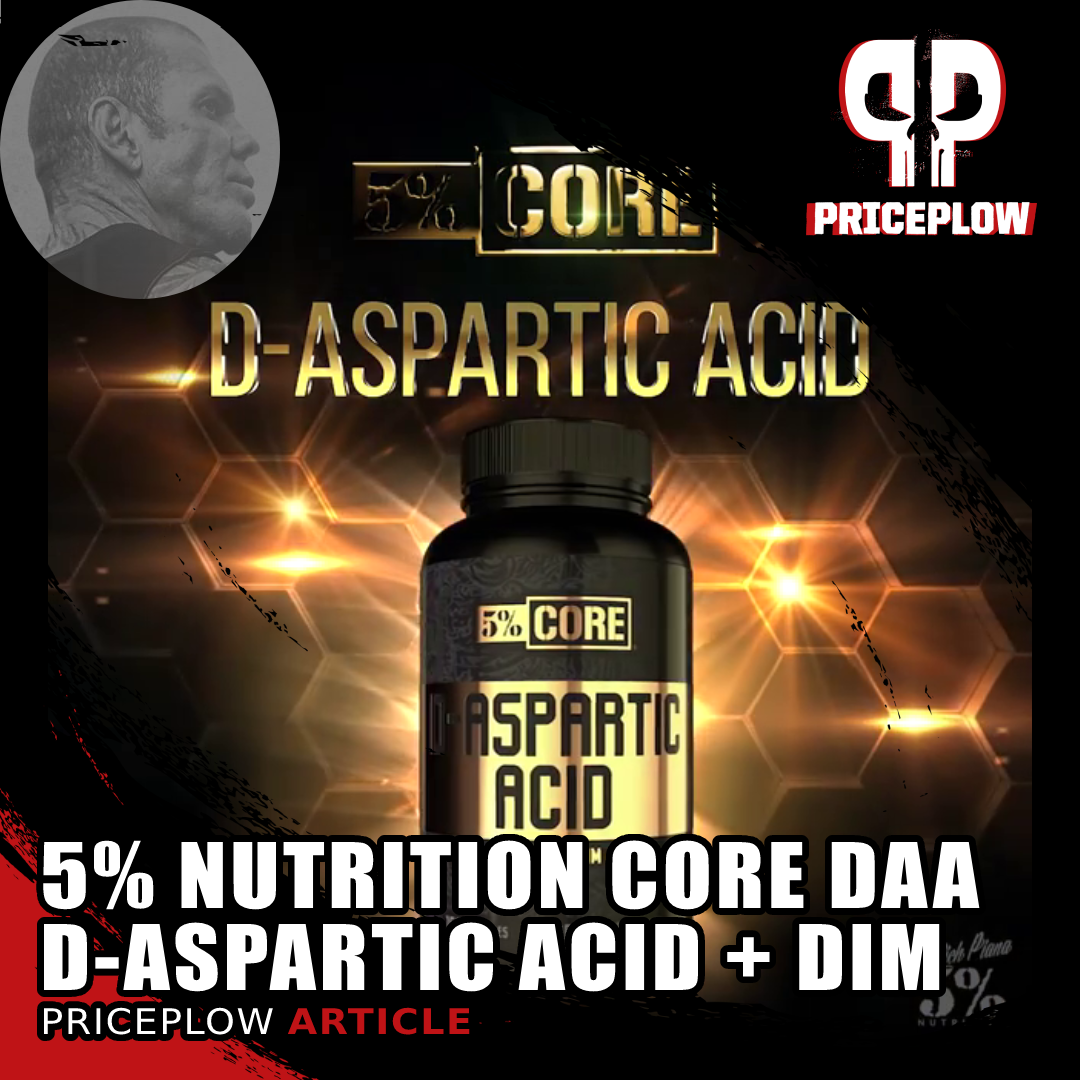
DIM Done Right — this time with some added DIM!
When these forms of estrogen are broken down, estrogen metabolites are produced, including estradiol-2-hydroxylase (EH) and 16-alpha-hydroxyestrone (16OH-E1).[24] The ratio of 2-hydroxylated metabolites to 16-hydroxylated metabolites is an important indicator of hormonal health, since 2-hydroxylated metabolites are generally regarded as “good” estrogen by researchers, due to its beneficial impact on human health.[25,26] Having more “good” estrogen than “bad” estrogen is associated with higher levels of lean muscle mass, and lower levels of fat mass.[27]
In a 2012 study, researchers demonstrated that CYP activity is modulated by DIM. This is important because CYP enzymes (examples being CYP1A1, CYP1A2, and CYP1B1) are crucial for proper estrogen metabolism.[28] By altering CYP function, DIM has been shown to raise levels of 2-hydroxylated estrogens, while lowering those of 4-hydroxylated and 16-alpha-hydroxylated estrogens[28-31] – exactly what we want for optimal hormonal health.
So in addition to lowering the overall level of estrogen in the body by inhibiting aromatization, DIM also balances the body’s estrogen profile by shifting the composition of estrogen metabolites towards favorable metabolites and away from harmful ones.
Again, if you want to try DIM without the DAA, read about 5% Nutrition Core DIM.
Dosage
Take five capsules by mouth once daily with a meal. Take at the same time every day. If you’re on an AM/PM supplement schedule, you could consider splitting it into 3/2 capsules each, but that’s not necessary. Just stay consistent.
Conclusion: A DAA supplement that makes sense
We like to see supplements that attack the same problem from multiple angles. In this case, we’re trying to make the body’s hormonal profile more androgenic, so it just makes sense to increase testosterone and decrease (and module) estrogen. This is especially true because if you’re dealing with aromatase overexpression, then any excess testosterone you produce will be converted to estrogen unless you’re taking something to keep estrogen under control. The generous dose of DIM in this supplement should do the trick quite nicely.
Whether you’re trying to correct an underlying hormonal or reproductive issue, or prevent one from developing, 5% Nutrition’s D-Aspartic Acid supplement is definitely worth your consideration – and don’t sleep on the cognitive benefits of taking this supplement, either.
Rich Piana 5% Nutrition Core D-Aspartic Acid – Deals and Price Drop Alerts
Get Price Alerts
No spam, no scams.
Disclosure: PricePlow relies on pricing from stores with which we have a business relationship. We work hard to keep pricing current, but you may find a better offer.
Posts are sponsored in part by the retailers and/or brands listed on this page.
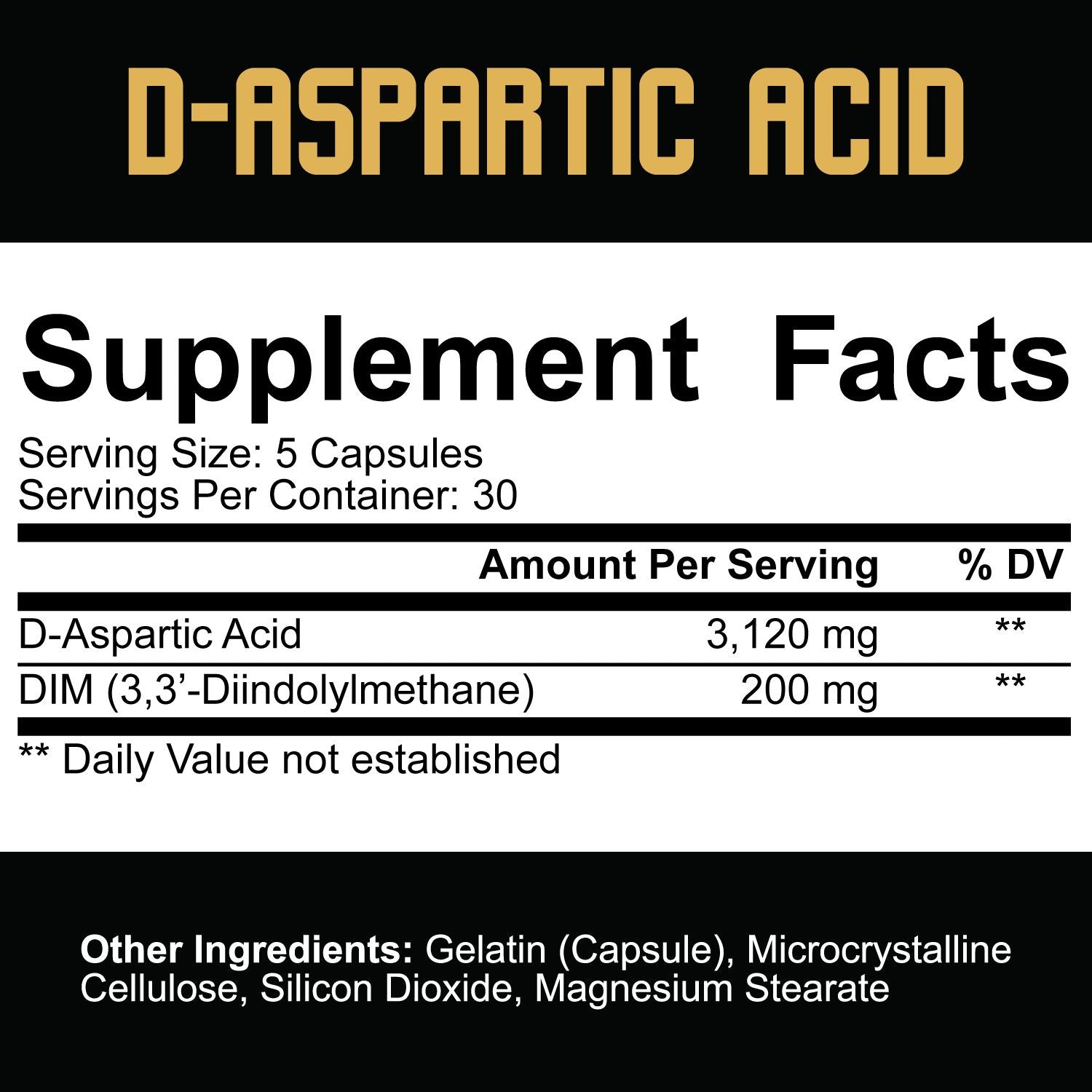
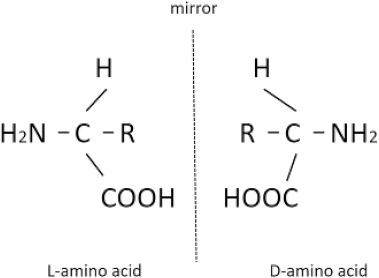
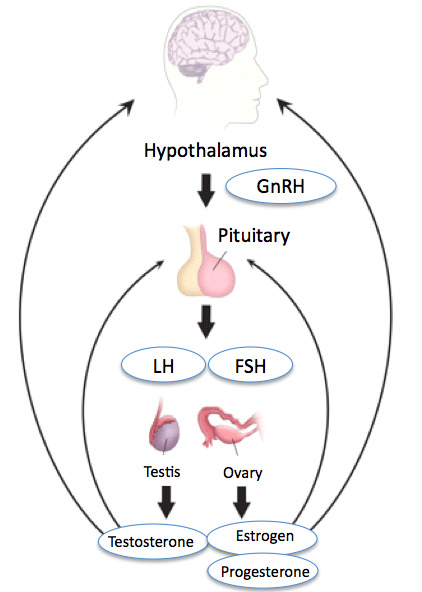
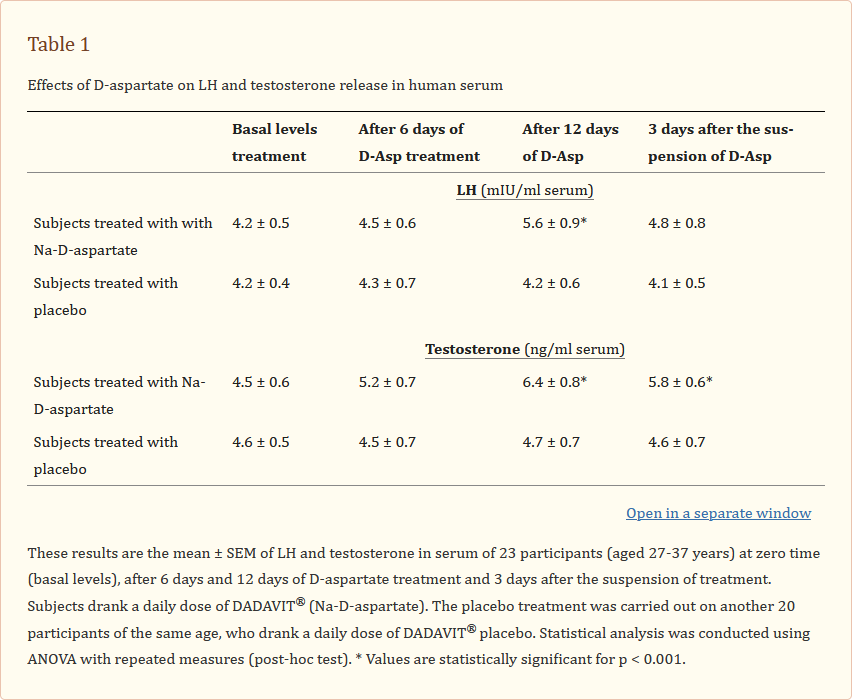
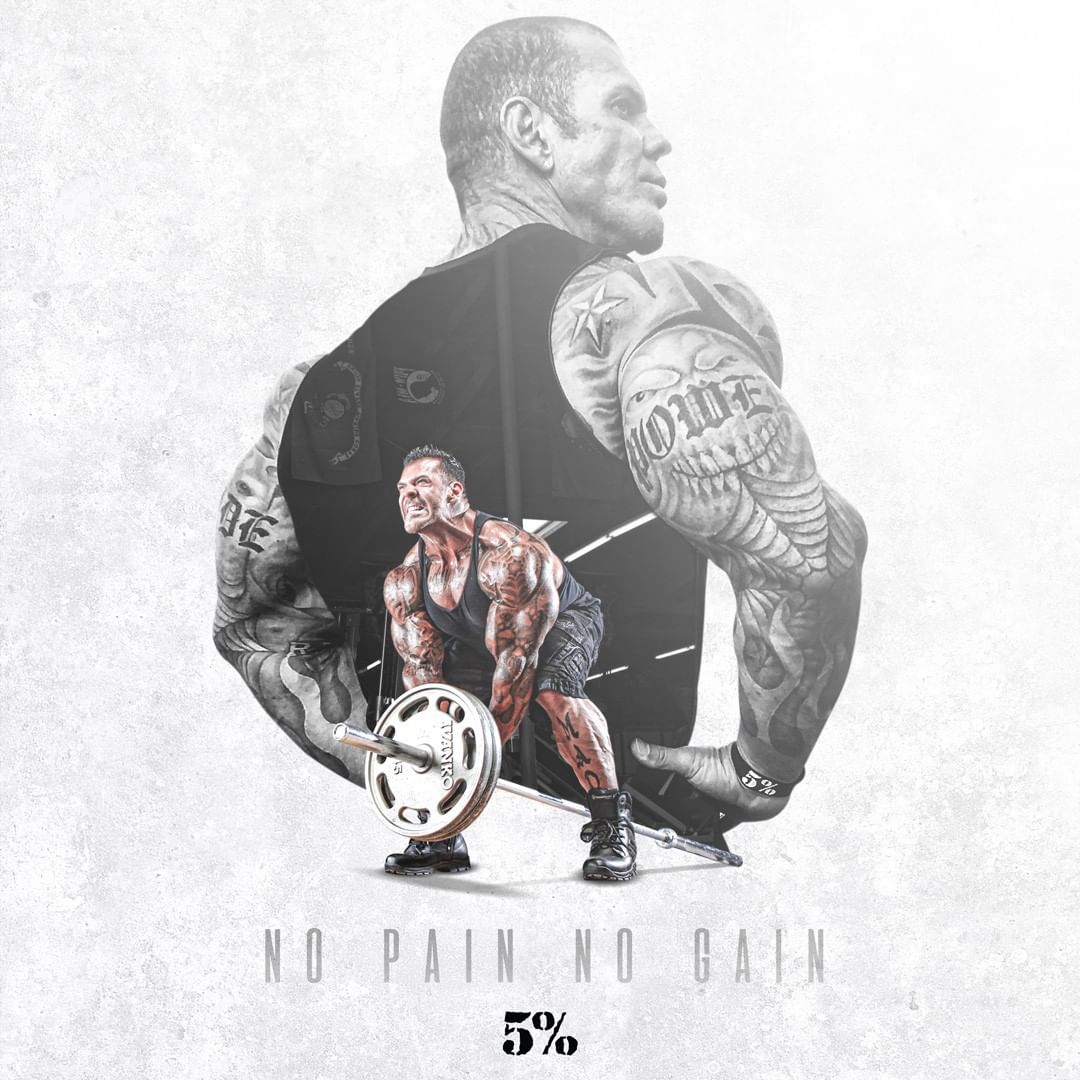
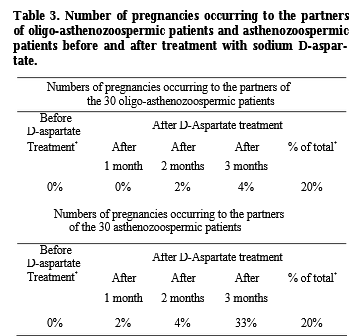
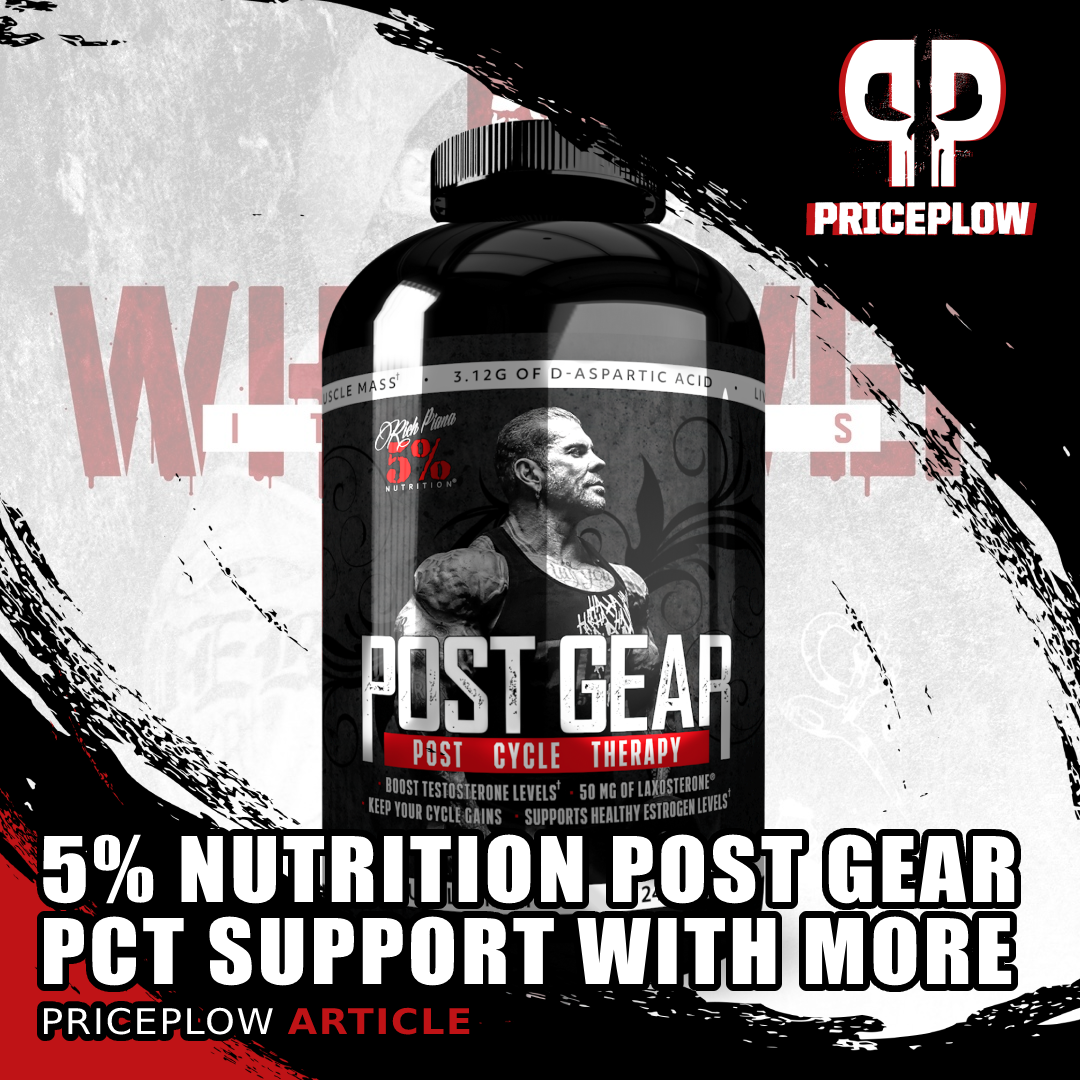

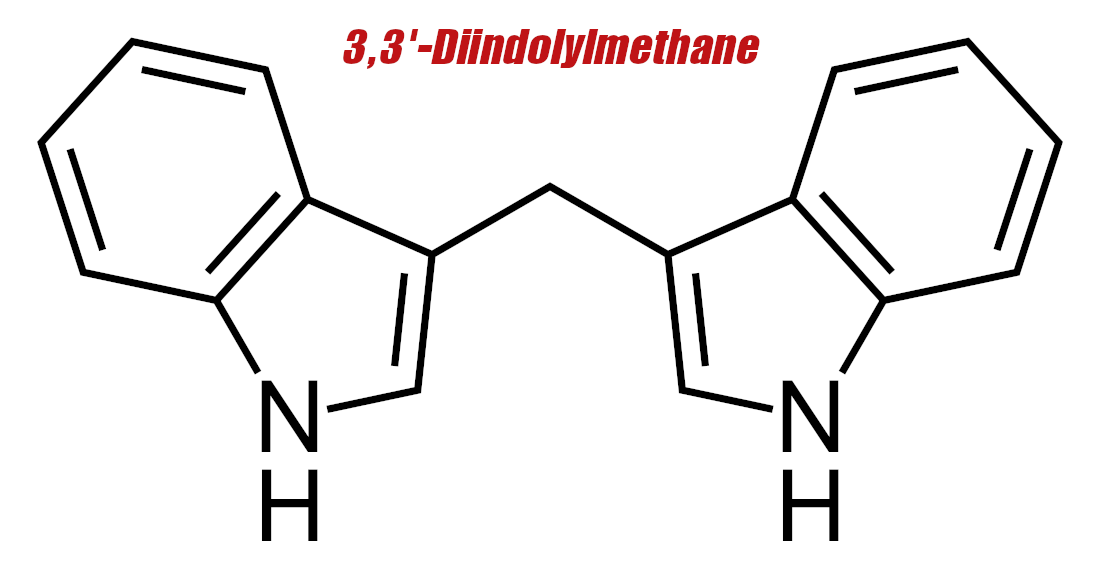
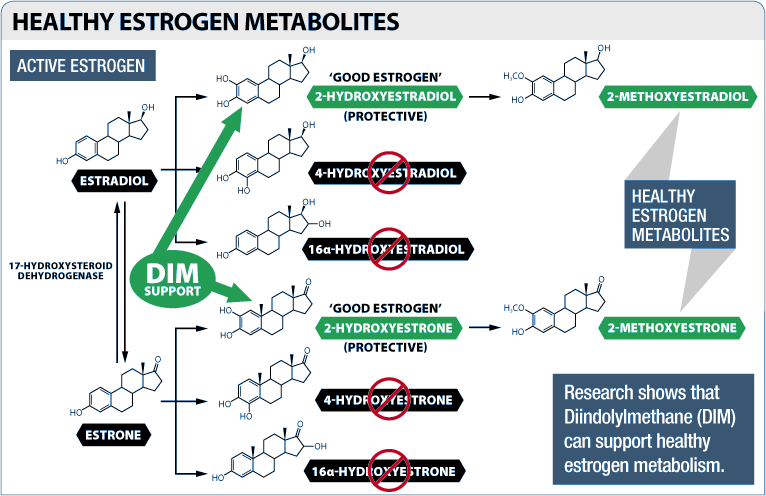
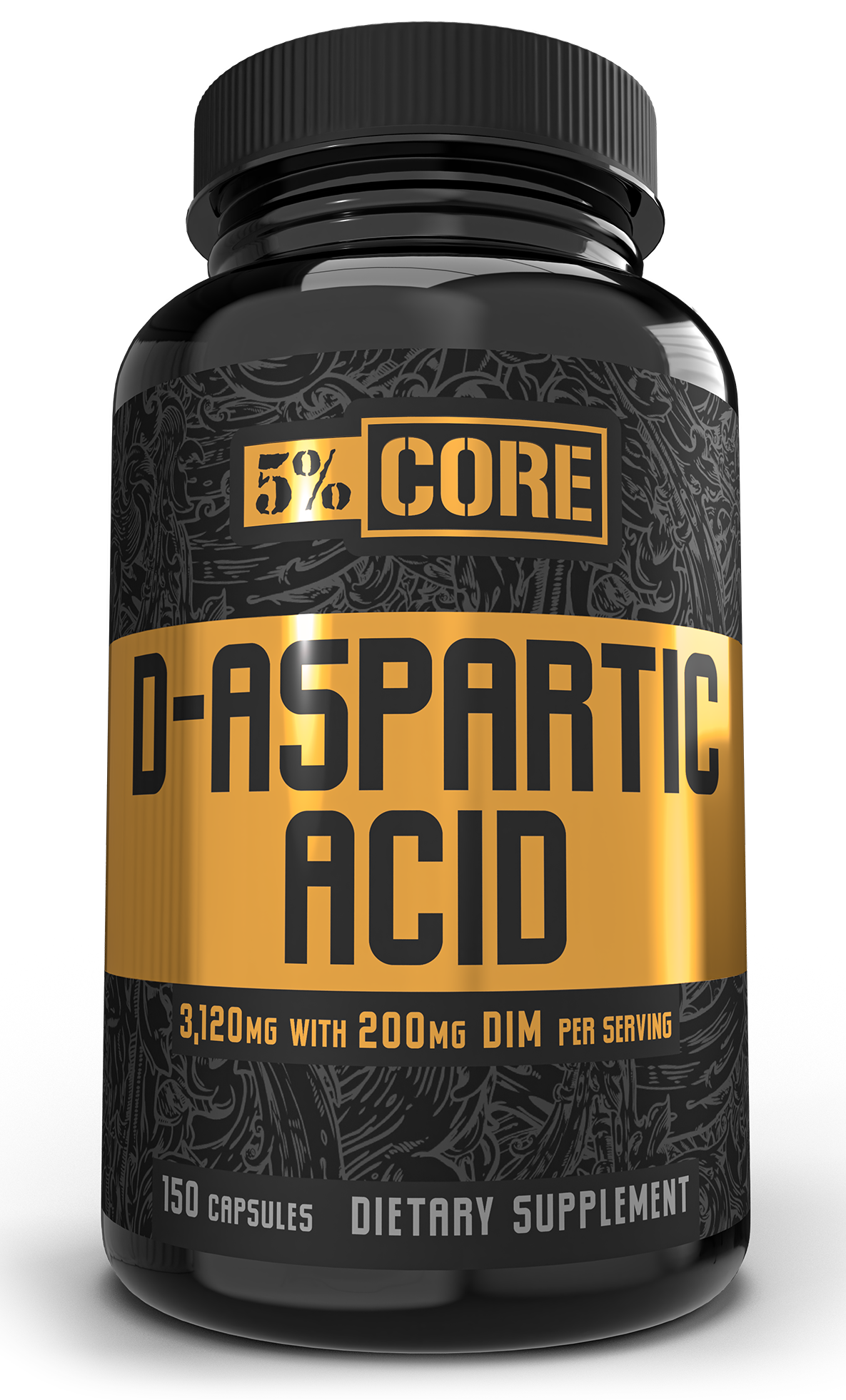


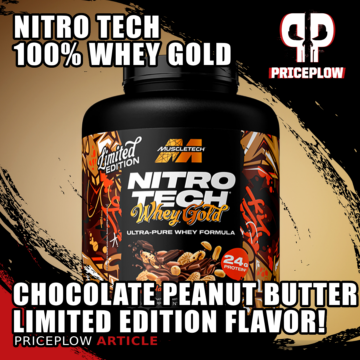
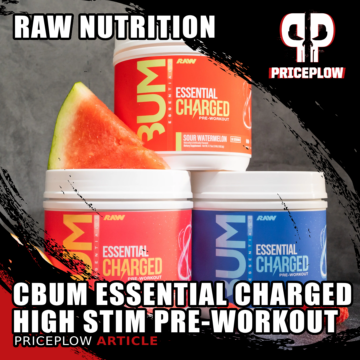

Comments and Discussion (Powered by the PricePlow Forum)